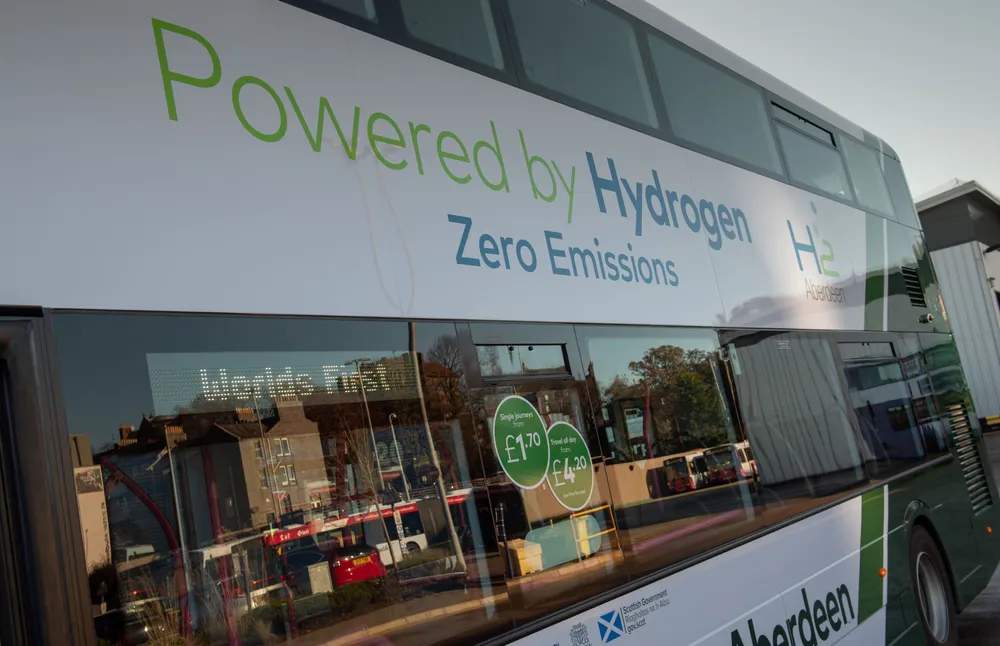Green hydrogen gaining momentum with 'nearly everything' set to double: report
Global green hydrogen market is growing rapidly, driven by demand in China, analysts say in second quarter hydrogen outlook

Global green hydrogen market is growing rapidly, driven by demand in China, analysts say in second quarter hydrogen outlook
